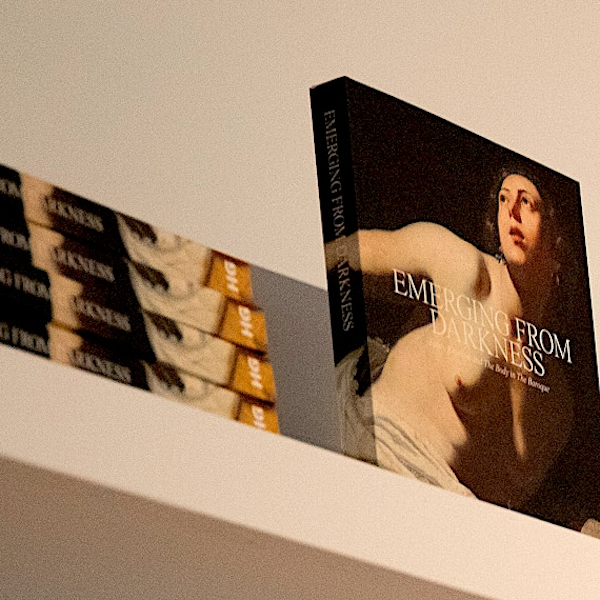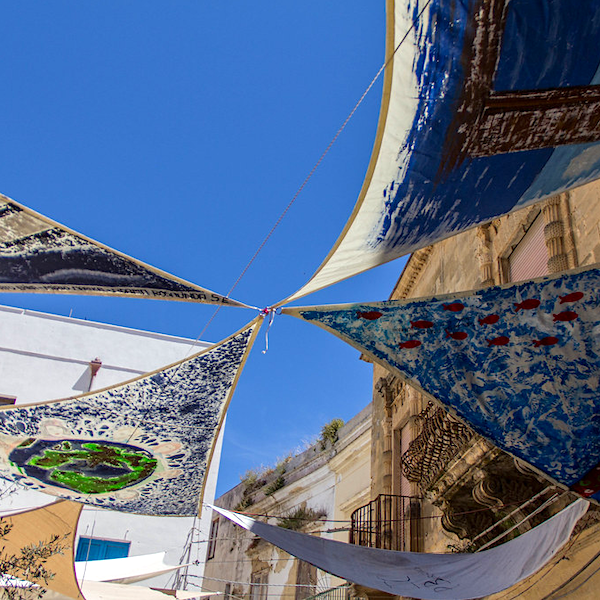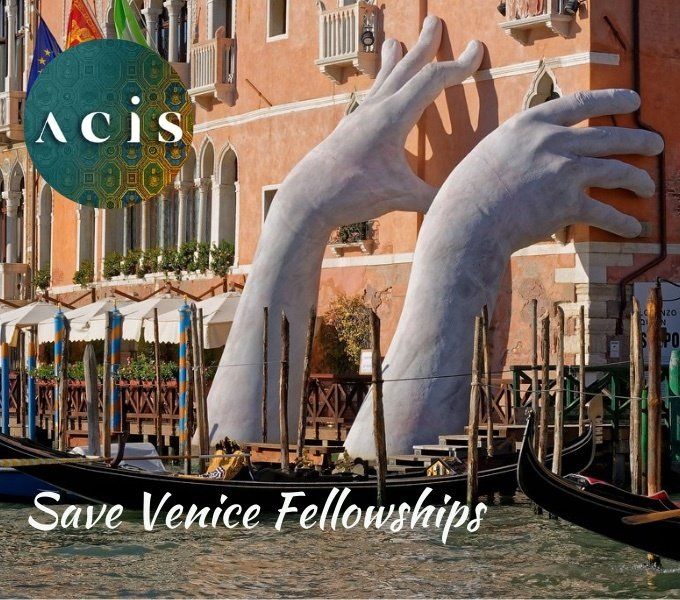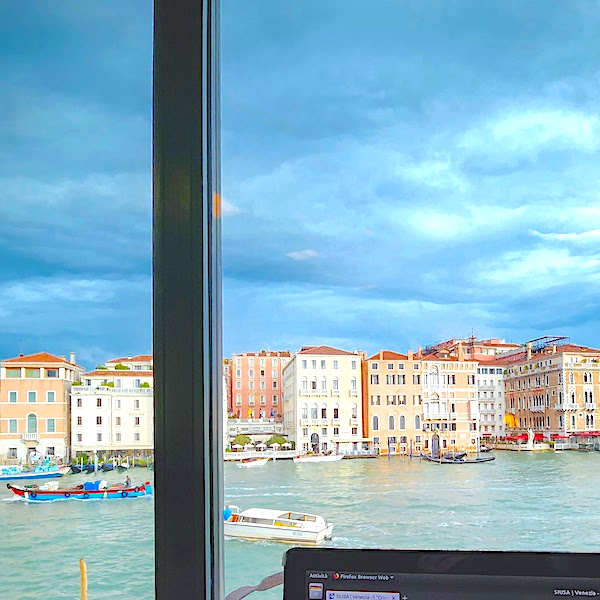Massacre? What Massacre? Anglo-American Responses to Monte Sole, Sept 29 – Oct 5 1944
Kevin Foster Monash University
 September 29 2017 marks the seventy-third anniversary of the largest single massacre of civilians on the Second World War’s western front. Over the long wet weekend from Friday 29 September 1944 until early the following week soldiers from Sturmbahnführer Walter Reder’s 16 th
Waffen-SS Reconnaissance Battalion, supported by other German troops, were given the task of clearing the partisans from the whole of the Monte Sole massif, the hills sandwiched between the Reno and Setta rivers, where the Gothic Line ran through the mountains south of Bologna. Fascist spies had confirmed that the partisan group, the Stella Rossa, which had been fighting a running battle with the Germans for weeks, was concentrated on the slopes around Monte Sole. The German commander, Kesselring, claimed that between 21 July and 25 September 1944, 624 Germans had been killed, 993 wounded and 872 missing in partisan operations. [1]
Accordingly, at dawn on the 29 th
, the Germans began a wide encirclement, cutting off any means of escape. From the German perspective this particular rastrellamento
was necessitated by the allies’ arrival at the Gothic Line. By 21 September US and South African troops were on the flanks of Monte Sole. Kesselring recognised the danger his troops faced. With the allies staring them in their faces they could not afford to have partisans nipping at their backs. Something had to be done.
September 29 2017 marks the seventy-third anniversary of the largest single massacre of civilians on the Second World War’s western front. Over the long wet weekend from Friday 29 September 1944 until early the following week soldiers from Sturmbahnführer Walter Reder’s 16 th
Waffen-SS Reconnaissance Battalion, supported by other German troops, were given the task of clearing the partisans from the whole of the Monte Sole massif, the hills sandwiched between the Reno and Setta rivers, where the Gothic Line ran through the mountains south of Bologna. Fascist spies had confirmed that the partisan group, the Stella Rossa, which had been fighting a running battle with the Germans for weeks, was concentrated on the slopes around Monte Sole. The German commander, Kesselring, claimed that between 21 July and 25 September 1944, 624 Germans had been killed, 993 wounded and 872 missing in partisan operations. [1]
Accordingly, at dawn on the 29 th
, the Germans began a wide encirclement, cutting off any means of escape. From the German perspective this particular rastrellamento
was necessitated by the allies’ arrival at the Gothic Line. By 21 September US and South African troops were on the flanks of Monte Sole. Kesselring recognised the danger his troops faced. With the allies staring them in their faces they could not afford to have partisans nipping at their backs. Something had to be done.
On 17 September in an article published in Il Resto del Carlino , Kesselring issued ‘a last warning’ to the people of Italy’s north, making it clear that those who assisted the partisans would be treated ‘in the most severe manner … the people who help the partisans will be hanged in the public square’. [2] It was widely believed among among the German soldiery that the Italian peasants were indistinguishable from the partisans they were believed to be sustaining. The surest way of eradicating the ‘bandits’ was to eradicate the sources of their supplies and support, and the only way to do that was to wipe out everybody. Hence, over that long weekend beginning on Friday 29 September 1944, at more than 115 separate sites scattered across the massif, isolated farmhouses, barns, hamlets, schools, churches, cemeteries, fields and footpaths, more than 770 people were massacred, most guilty of no greater crime than being in the wrong place at the worst possible time. The dead included 316 women, 216 children and 142 men and women over the age of 60. Given that so few escaped the massacre it is little wonder that news of the events in the relatively isolated area took time to circulate. More importantly, most of the Monte Sole massif did not fall to the allies until April 1945. The Italian winter of 1944 was infamously wet and cold and when the bad weather took hold the allies remained where they were, just short of Monte Sole, where they remained until the spring offensive of April 1945. Only then did the scale of the massacre become clear.
But how is it that this extraordinary event is so little known and so scantily written about in English? Jack Olsen’s Silence on Monte Sole (1968) is the only book-length English-language text to treat the massacre in any depth. A detailed account of events, drawn from a range of sources, it is as much a re-enactment as a recapitulation, replete with invented eyewitness testimony and imagined speech. Before Olsen, the massacre seems not to have featured at all in English language soldier memoirs from the war and, until recently, most notably in James Holland’s 2008 history, Italy’s Sorrow , it earned only limited mention in the histories of the Italian campaign. Richard Lamb’s War in Italy 1943-1945 (1993), reputedly ‘the first full scale account of the war in Italy from the landings at Sicily to the end of the war’ dedicated no more than half a page to the events, and that inaccurately. [3] This merely reinforces how little the events on Monte Sole, even a basic grasp of their location and toll, had penetrated the English-speaking world even by the mid-1990s. How, and why, was this the case? I’d like to propose five responses to this question.
First: Just as the war in Italy was peripheral to the allies’ strategy for the defeat of Nazi Germany, so it was of marginal interest to the public. Ernie Pyle covered the advance of Mark Clark’s Fifth Army from Sicily to the landings at Anzio, and Alan Moorehead followed the British through Sicily and the Americans into Naples: ‘Everyone knew now that there was to be another major landing up the coast [at Anzio], but everyone also knew that whatever happened, the war wasn’t going to be decided in Italy. Moorehead didn’t want to get stuck in a side-show, much less killed covering one.’ [4] In January 1944 he was recalled to Britain to report on the preparations for the cross-channel invasion and the opening of the Second Front.
If Italy itself became a sideshow well before the fall of Rome on 4 June 1944, the campaigns in the north of the country were further obscured by the launch of Operation Overlord and the slow but certain rollback of the German Army in western France. Rick Atkinson’s Pulitzer Prize-winning three-volume history of the war in Europe, The Day of Battle , published between 2002 and 2013, dedicates its second volume to the war in Sicily and Italy. The final page of this book, p.576, has General Mark Clark being woken in Rome early on 6 June 1944 by an aide who informs him that the landings at Normandy were under way. The book concludes with the British Commander, General Alexander ordering ‘the Fifth and Eighth Armies to make all possible speed for Pisa and Florence, respectively.’ [5] And that’s it. The rest of Italy just liberated itself and it’s as if the massacres in the north of the country through the spring and summer of 1944 never happened. If Pisa and Florence were lost in the mists, what hope for Monte Sole?
By the time the Fifth and Eighth Armies finally overwhelmed German resistance at the second Gothic Line in April 1945 and raced towards Bologna and the Po Valley, the war’s centres of gravity had decisively shifted to Germany itself. Consequently, news of the allies’ breakthrough in northern Italy, and what they found in the newly liberated areas, was swallowed up in the larger story of German collapse.
Second: The bloody fighting on all fronts hints at another reason why the Monte Sole massacre attracted such little attention beyond Italy at the time. As Paul Fussell has noted, the progress of the fighting in the Second World War was marked by ‘[t]he inexorable progress from light to heavy duty … early ideas of finesse, accuracy, and subtlety had yielded to the demands of getting the job over at any cost. If early on the soldiers had spent many tedious hours practicing “marksmanship,” by the end it was clear that precision would never win the war – only intensification would.’ [6] From January to May 1945 the US military alone suffered more than 44,000 combat deaths in its European and Mediterranean theatres and 18,000 more in the Pacific. [7] Over the same period, according to German historian Rüdiger Overmans, during the final battles in Germany on both Eastern and Western Fronts, the German Army suffered an estimated 1.2 million dead. [8] In the context of such mass casualties and the total war that brought them, it is perhaps not surprising that the extermination of a hilltop community of Italian peasants in Emilia Romagna passed without a mention in the British or US press. The subtle shadings of loyalty, guilt and innocence inherent in the massacre and so integral to its tragedy were washed over by the oceans of blood being spilt further north.
Third: In the years after the war various British veterans of the Italian campaigns returned to Italy in print to reflect on their experiences during the war. Yet not nearly as many wrote about their Italian experiences as did those who had fought in Western Europe or North Africa. This can be accounted for, in part, by a continuing though unwarranted suspicion that their experiences were somehow less significant, or less archetypal, than those who fought their way from the Channel ports to Germany. Viscountess Astor’s putative description of the soldiers fighting in Italy as ‘D-Day Dodgers’ – an accusation she always denied and for which there is no verification – touched a sore point among soldiers who felt that their sacrifices were underappreciated and their achievements undervalued.
Yet one aspect of the D-Day Dodgers narrative remained a sore point that might further explain why memoirists were reluctant to return to the battles and why Italy’s civilian massacres remain so little known of or understood in Britain – that of the exceptional numbers of men who deserted from the fighting in Italy. John Peaty notes that ‘The incidence of desertion … was not spread evenly throughout the war, throughout the theatres or throughout the arms. If that had been the case then the problem would have been manageable. Unfortunately desertion and AWOL principally affected the infantry and were at one of their peaks in Italy in the autumn and winter of 1944.’ [9] The scale of the desertion is perhaps not well appreciated. From mid-1943 the British Army suffered around 40,000 reported cases of desertion. According to Eric Morris, 80 per cent of these desertions were from infantry companies and 70 per cent of them took place in Italy during the final winter of the war. [10] While Italian civilians were being lined up and shot, unprecedented numbers of British soldiers were taking to their heels – driven to desperate measures by the endless grind of combat and the seeming inevitability of severe injury or death. Little wonder, then, that so few were keen to return to such a conflicted space.
Fourth: The memoirs that the veterans produced fall into two broad camps – the works of the soldiers in the line and those of the former PoWs, released from captivity after the announcement of the Italian surrender on 8 September 1943. Those who reflected on their experiences in the line are notable for their fleeting, formulaic representation of the Italians. Alex Bowlby’s otherwise sensitive, account of his time as a rifleman in Italy scarcely seems to notice the people that he and his fellow soldiers pass among. When he does it is in conformity with long established forms. There’s a lot of screaming and ‘Mamma mia!-ing’ from the ladies and great amusement at the exuberance of Italian menfolk – all that kissing and hugging that made a particular class of Englishman so nervous.
Driven to rely almost entirely on the locals for shelter, provisions and comfort, it is little surprise that the former PoWs take a more sympathetic interest in the people who protect and provide for them, their society and their cultures. Eric Newby’s Love and War in the Apennines (1971) celebrates the courage, generosity, decency and humour of the ordinary Italians who risked death to shelter, supply and help him on his way. Yet even while he is embraced by the locals, and warmed by their humanity, he never loses the capacity to stand apart and scan his physical, social and cultural surroundings with the appraising eye of the sympathetic anthropologist. How do the peasants till the fields – how old are the techniques and tools they employ; what are the houses made of, how are they shaped and what do you find in their principal rooms; what do people eat, what do people wear, how do they manage familial relations and how and with whom do they socialise? What emerges is a rich, account of the last days of a disappearing way of life, of a hardy, healthy, isolated community, about to be swept into the mainstream of post-war consumer culture by new means of transport and communication. Newby’s book is as much an elegy for a culture as it is an account of his own desperate efforts to avoid capture and ensure that the people who protected him suffered no repercussions. In this and other narratives like it the Italians increasingly assume a representative, symbolic status that downplays their individual humanity. It’s a lot harder to feel sorry for a symbol.
Fifth: There is another, darker, explanation for why British writers paid such little attention to the Monte Sole massacre, and others like it, for so long. A conviction that, put brutally, the victims had it coming to them.
The liberation of Italy was, in moral rather than military terms, an infinitely more complex operation than the liberation of the countries of Western Europe. While France, Belgium and the Netherlands certainly harboured large numbers of collaborators at all levels of society, the allied armies and their publics were clear that the bulk of these populations were unwontedly toiling under fascism. In Italy, however, the case was perceived to be different. Its armed forces fought with the Nazis from the deserts of North Africa to the Russian steppes. Italy was clearly the enemy – and so, the thinking went, were its people. Mussolini’s long rule, whatever the level of public support for it, convinced the allied armies and their publics that the Italian people were hardly less culpable than their German or Japanese counterparts. Norman Lewis recalls a Psychological Warfare Bureau report from 1943, distributed to British commanders and Intelligence Officers, that claimed ’96 per cent of the Italian population collaborated wholeheartedly with the Germans.’ [11] Lewis rightly noted that the report exaggerated the level of collaboration, but the damage was done and in the eyes of the British Army the Italian people were fatally tainted by Fascism.
As such, the liberation of Italy was a bittersweet affair. Entering Naples in October 1943 Norman Lewis reflected: ‘People stood in their doorways, faces the colour of pumice, to wave mechanically to the victors, the apathetic Fascist salute of last week having been converted to the apathetic V-sign of today.’ [12]
For British and American audiences in the years after the war, basking in the reflected glory of the part they played in the century’s great moral crusade, the ethical topography of the Monte Sole massacre was too shaded, too complex to fully comprehend or engage with. This was not the liberation archetype from the Netherlands or France – the freeing from captivity of a clearly oppressed people. In this context, moral complexity makes empathy a trickier proposition. Western publics, secure in their moral righteousness, preoccupied with rationing or – once freed from it – with the pursuit of plenty, had neither access to the basic facts about what happened on that dreadful autumn weekend on Monte Sole, nor an understanding of the complex moral and political landscape within which the liberation of the northern Apennines occurred. Accordingly they were unwilling to extend to the victims or the survivors the common human sympathy that their awful experiences demanded. It was all too far away, too hard, and too dreadful to contemplate. Then, as now, that’s too bad for the survivors, the victims and their families. It’s high time something was done about it.
[1] See Kerstin von Lingen, Kesselring’s Last Battle: War Crimes and Cold War Politics , Lawrence: University Press of Kansas, 1971), pp. 43-44.
[2] Jack Olsen, Silence on Monte Sole , New York: Ibooks, 1968, p.145.
[3] Google Books, https://books.google.com.au/books/about/War_in_Italy_1943_1945.html?id=RCPIbwAACAAJ&redir_esc=y Accessed 24 June 2017.
[4] Thornton McCamish, Our Man Elsewhere: In Search of Alan Moorehead , Melbourne: Black Inc, 2016, p.128.
[5] Rick Atkinson, The Day of Battle: The War in Sicily and Italy 1943-1944 , London: Abacus, 2007, p.576.
[6] Paul Fussell, Wartime: Understanding and Behavior in the Second World War , New York: Oxford University Press, 1989, pp. 7, 8.
[7] Statistical and Accounting Branch, Office of the Adjutant General, Army Battle Casualties and Nonbattle Deaths in World War II. Final Report 7 December 1941 – 31 December 1946 , http://www.ibiblio.org/hyperwar/USA/ref/Casualties/ Accessed 25 June 2017.
[8] Rüdiger Overmans, Deutsche militärische Verluste im Zweiten Weltkrieg. Oldenbourg, 2000, p.174.
[9] Peaty, ‘Desertion crisis,’ p.76.
[10] Eric Morris, Circles of Hell: The War in Italy 1943-1945 , New York: Crown, 1993, p.399.
[11] Norman Lewis, Naples ’44: An Intelligence Officer in the Italian Labyrinth , London: Eland, 1978, p.58.
[12] Lewis, Naples ’44 , p.23.
Share this:
- Share on Tumblr
- </div></li><li class="share-end"/><li class="share-reddit"><div class="reddit_button"><iframe src="https://www.reddit.com/static/button/button1.html?newwindow=true&width=120&url=https%3A%2F%2Facis.org.au%2F2017%2F10%2F02%2Fmassacre-what-massacre-anglo-american-responses-to-monte-sole-sept-29-oct-5-1944%2F&title=Massacre%3F%20What%20Massacre%3F%20Anglo-American%20Responses%20to%20Monte%20Sole%2C%20Sept%2029%20-%20Oct%205%201944" height="22" width="120" scrolling="no" frameborder="0"/></div></li><li class="share-end"/></ul></div></div></div></div></div> <div id="jp-relatedposts" class="jp-relatedposts"> <h3 class="jp-relatedposts-headline"><em>Related</em></h3> </div></div> </div>








